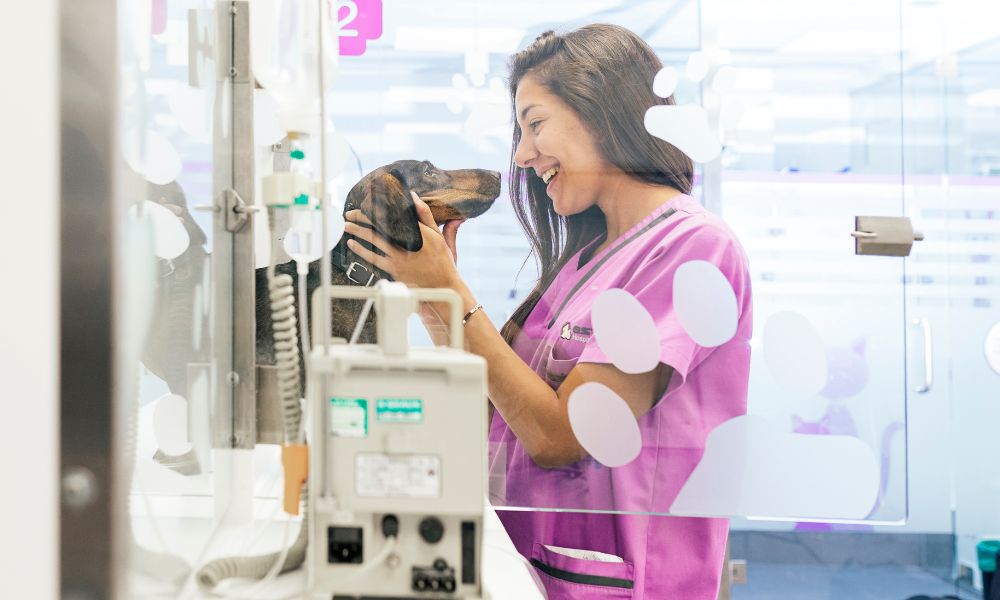
Fire is a consistent health and safety danger across all worksites and industries. Between the unpredictable flames, intense heat, and thick burning smoke, fires cause a lot of damage and serious injuries. They spark from different causes and workplace risks, like faulty wiring and overheating materials and appliances.
Proper fire safety influences more than just the people in a veterinary clinic; it also affects the animals in their care. Organizing a crowd of people during a fire emergency is already a challenge within itself. Adding pets to the equation further mixes things up. Here are three fire safety requirements for veterinary offices and how to maximize health and safety during an emergency.
Priority Evacuations and Prohibited Re-Entrance
Fires generate a long list of dangers, from extreme temperatures to thick smoke. One of their most dangerous qualities is their ability to spread fast and uncontrollably. In many emergencies, separating yourself from the dangers immediately puts you into safer circumstances. It keeps you away from harm and separates you from the risks.
Human lives must be prioritized over animals in emergencies, and that’s a tough pill to swallow. Evacuating people over everything else is the number one goal. If animals can be evacuated without endangering human lives, then grab them before exiting the premise. However, people should not go out of their way or re-enter buildings for animals during an emergency. The professionals—with their proper fire safety equipment—will take care of any animals left in the clinic.
Designated Room Sweeper and Reporter
Panic quickly settles in during emergencies, making it hard to focus and respond to the situation at hand. Designating a level-headed leader to respond to emergencies makes sure everyone follows safety procedures properly.
The designated emergency responder takes charge of sweeping critical areas, directing everyone to safety, reporting to fire responders onsite, and initiating any emergency systems. An ideal emergency leader responds logically in intense scenarios, knows how to command a room, and embodies various leadership qualities. The head nurse or nurse manager typically falls in charge.
Enhanced Fire Protection and Emergency Systems
Equipping your clinic with enhanced fire protection and emergency systems increases your building’s fire safety. Basic and required emergency equipment to install includes the following:
• Smoke detectors
• Automated sprinkler systems
• Glowing exit signs
• Fire-rated emergency exit doors
• Fire extinguishers
• Fire-resistant first aid kits
• Emergency axes
Keeping crates and leads easily accessible by exits and making sure all pets wear identification tags are good ways to handle and protect animals in an emergency.
Fire dangers lead to serious damage and injuries. They affect buildings, animals, and humans. Follow these three fire safety requirements for veterinary offices to protect everyone in your clinic from dangerous flames. Prepare your veterinary office for fires and other emergencies with veterinary OSHA compliance training manuals, and implement the best standards for health and safety in the workplace.
